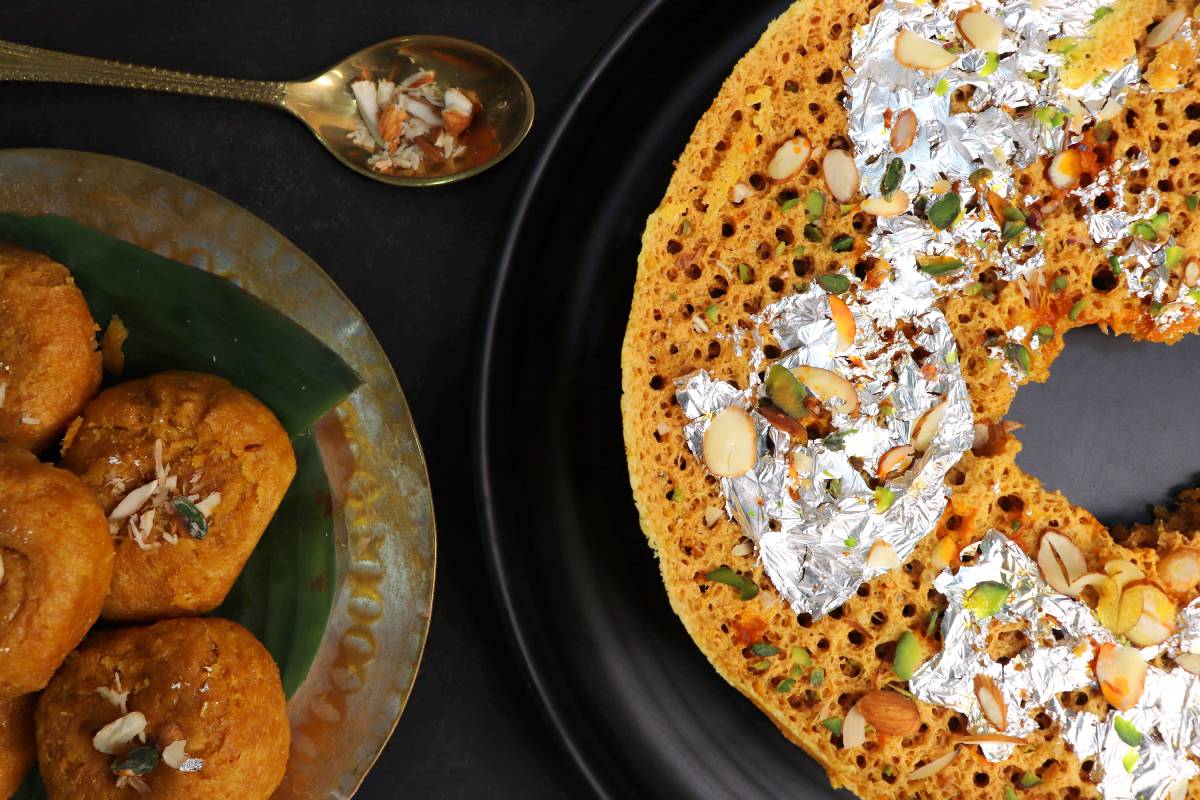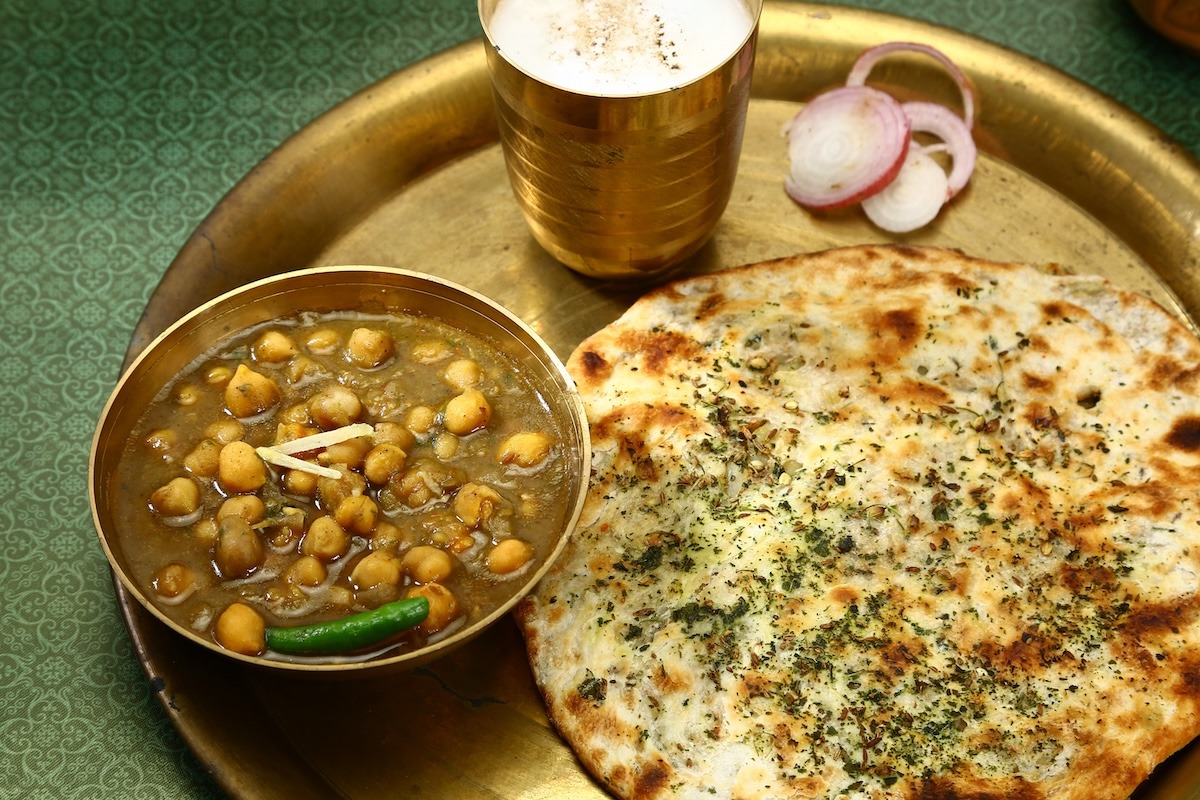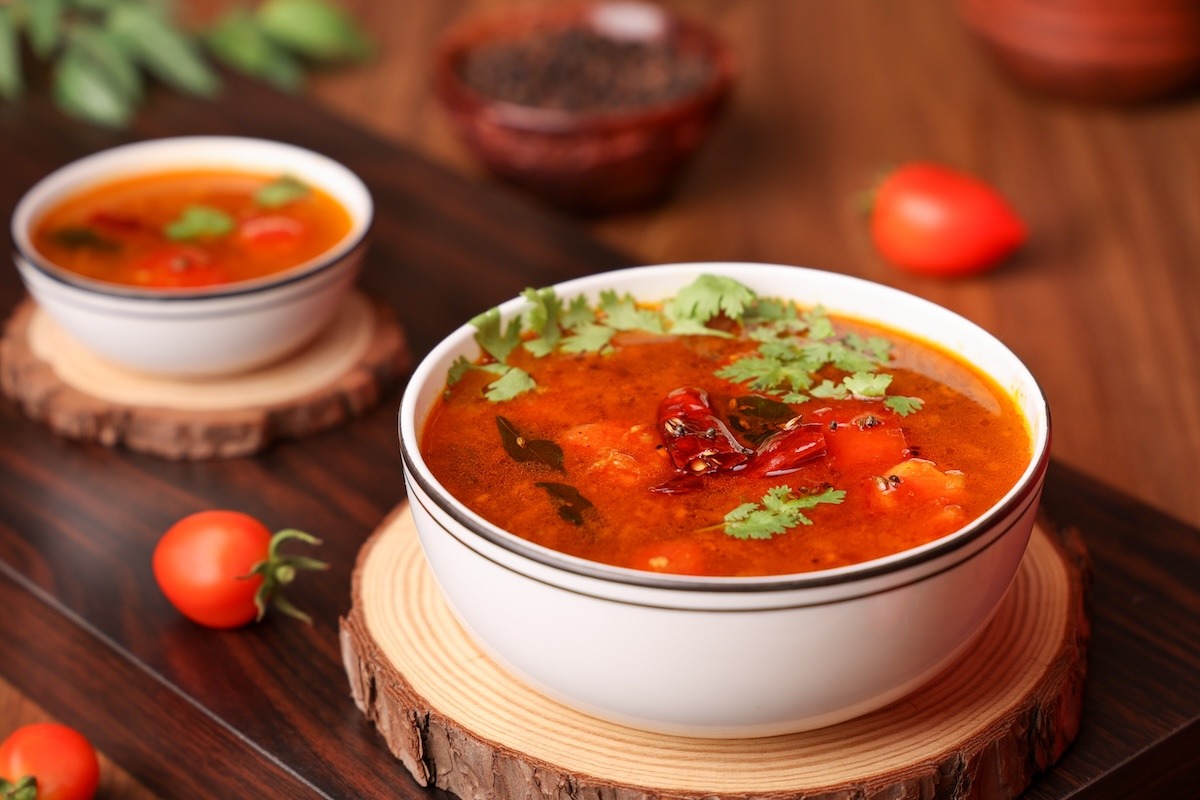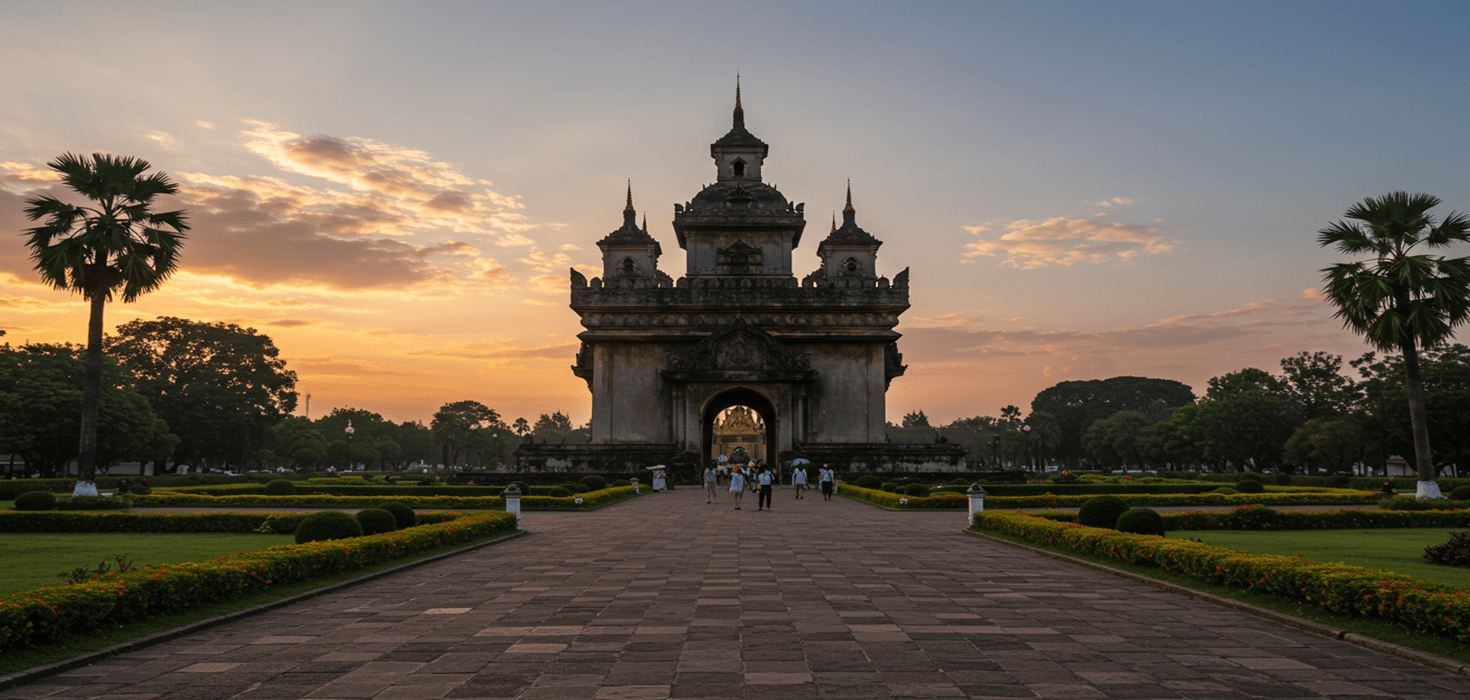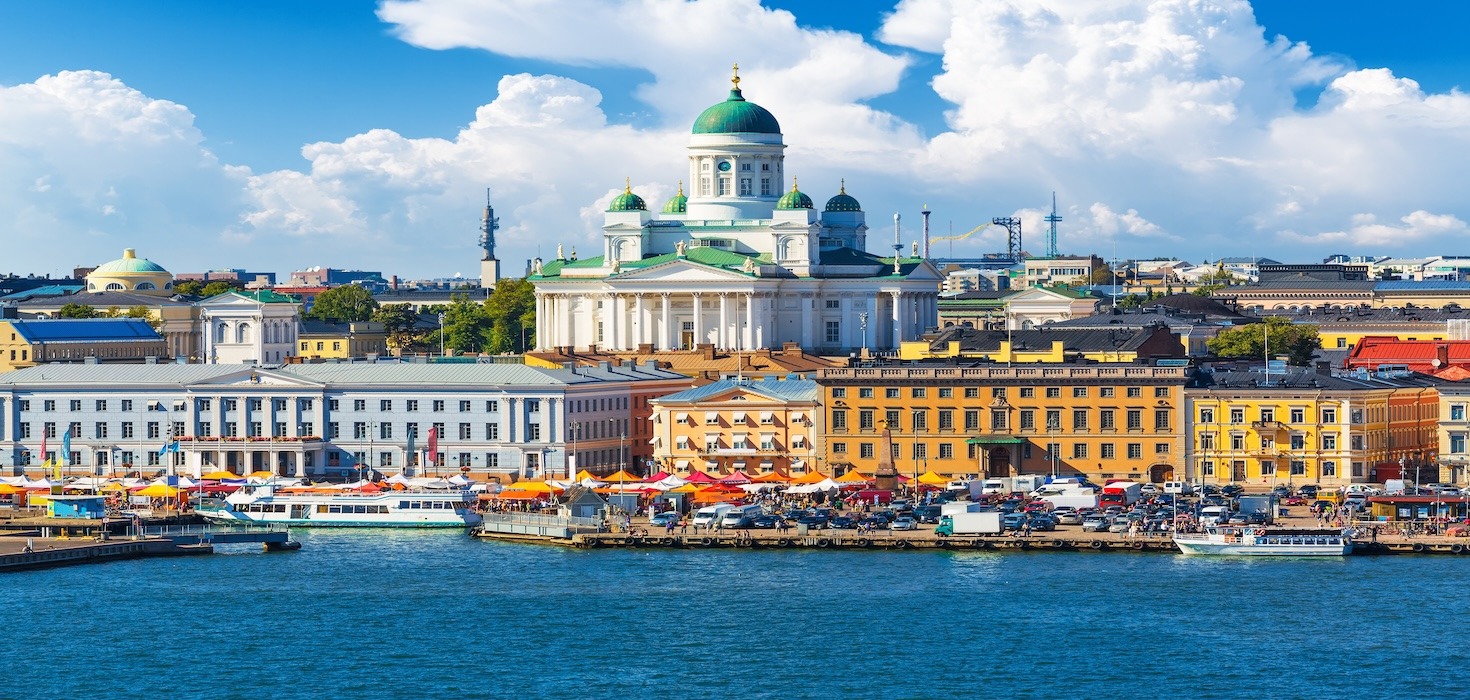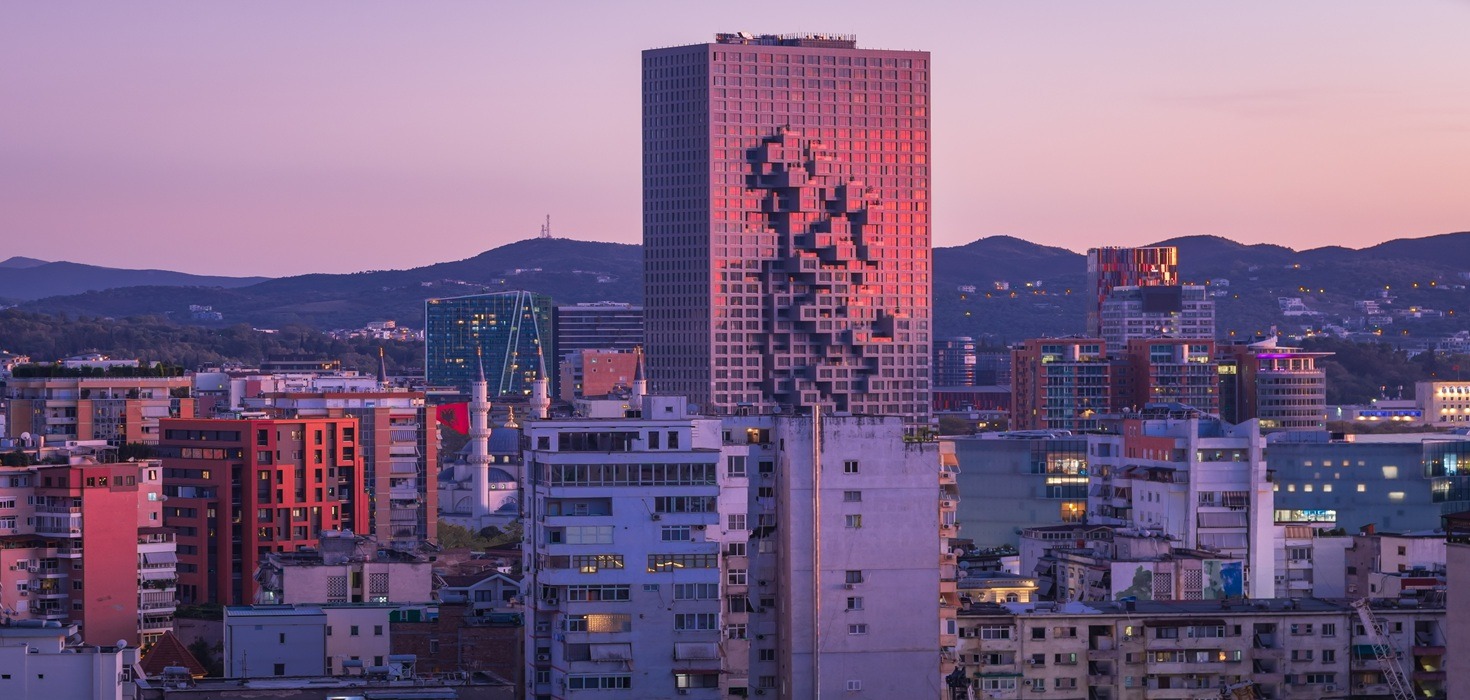Welcome to the ultimate guide to traditional Indian food! India is a land of diverse cultures, languages, and traditions, and its cuisine is a true reflection of this diversity. Whether you’re a seasoned traveler or planning your first trip to India, this guide will help you navigate the rich and flavorful world of Indian cuisine. From spicy street food to sumptuous regional dishes, get ready to tantalize your taste buds with the best that India has to offer.
Day-by-Day Itinerary to Savor Indian Cuisine
Day 1: Street Food Extravaganza in Delhi
Start your culinary journey in the bustling streets of Delhi. Known for its vibrant street food scene, Delhi offers a plethora of options that will leave you craving for more. Begin your day with some chole bhature, a classic breakfast dish made of spicy chickpeas and deep-fried bread. Don’t miss trying the famous chaat, a savory snack made of fried dough, boiled potatoes, chickpeas, yogurt, and tamarind chutney. Finish your day with a refreshing mango lassi to balance the spices.
Day 2: Royal Indulgence in Jaipur
Jaipur, often called the Pink City, is famous for its rich and royal cuisine. Start your day with a traditional Rajasthani breakfast of dal baati churma—crunchy wheat rolls served with lentil curry and a sweet, crumbled wheat mixture. For lunch, try laal maas, a fiery meat curry made with red chilies and mutton. Don’t forget to sample some ghewar, a sweet, disc-shaped dessert that’s perfect for satisfying your sweet tooth.
Day 3: Coastal Delights in Goa
Goa, known for its stunning beaches, offers a unique blend of Portuguese and Indian flavors. Kick off your day with a Goan breakfast of pao bhaji—a spicy vegetable mash served with buttery bread rolls. For lunch, savor the rich flavors of Goan fish curry made with coconut and spices. End your culinary day with some bebinca, a delicious layered Goan dessert made from coconut milk, eggs, and ghee.
Historical Context and Folklore
Indian cuisine is not just about flavors; it’s also steeped in history and folklore. The origins of many Indian dishes can be traced back to ancient times, and each region of India has its own unique stories associated with its cuisine. For instance, the royal dish biriyani is believed to have been brought to India by the Mughal emperors. This rich and flavorful rice dish has since evolved and found numerous regional variations across India.
Another iconic dish, dal makhani, hails from the Punjab region and was popularized by the royal kitchens. The slow-cooked lentils in creamy tomato sauce reflect Punjab’s rich agricultural heritage. In the state of Tamil Nadu, the crispy, golden dosas have their roots in ancient temples, where they were originally prepared as offerings to deities.
Culinary Deep Dive
India’s culinary landscape is as varied as its cultural one, and understanding the fundamentals of Indian cooking can enhance your dining experience.
Spices: Indian cuisine is globally renowned for its use of spices. From aromatic cardamom and saffron to fiery chilies and tangy tamarind, our dishes use a myriad of spices to achieve a harmonious balance of flavors.
Cooking Techniques: Traditional Indian cooking methods such as tandoori (clay oven cooking), dum (slow cooking), and baghaar (tempering) contribute to the dishes’ distinct flavors and textures.
Regional Specialties: Every region boasts its own distinctive cuisine. From the coconut-rich curries of Kerala to the vegetarian delights of Gujarat, there’s always something new to try.
Festivals and Events Coverage
Indian festivals are incomplete without an elaborate spread of delicious food. During festivals like Diwali, Holi, and Eid, special dishes and sweets like gulab jamun, gujiya, and sewaiyan are prepared to mark the celebrations. In Kerala, the festival of Onam is celebrated with a traditional feast called Onam Sadhya, which includes a variety of dishes served on a banana leaf.
Attending food festivals can also be a great way to sample a variety of Indian dishes. Events like the Goa Food and Cultural Festival and the National Street Food Festival in Delhi bring together culinary delights from across the country.
Practical Information for Travelers
Traveling and trying new foods can be a daunting experience, especially in a country as diverse as India. Here are some practical tips to help you navigate the Indian food scene:
- Hygiene: Always choose restaurants and street vendors that maintain good hygiene and are popular among the locals.
- Safety: Stick to bottled water and avoid raw salads or unpeeled fruits unless you are sure of their source.
- Spice Level: Indian dishes can be quite spicy. If you’re not used to it, ask for your food to be made less spicy.
- Language: Learn a few basic phrases in Hindi or the local language to communicate your food preferences.
- Currency: Carry small denominations of the local currency, especially when eating at street stalls.
Sustainability and Conservation Focus
As you explore India’s culinary delights, consider the impact of your choices on the local environment. Opt for eco-friendly restaurants that source their ingredients locally and have sustainable practices. Participate in food tours that promote local produce and traditional farming methods.
Several regions in India are committed to preserving their food heritage. For example, the slow food movement in the North East India champions local traditions and biodiversity. By supporting these initiatives, you are contributing to the preservation of India’s rich culinary heritage.
Interactive Activities for Different Types of Travelers
For Adventurers: Join a spice plantation tour in Kerala or go on a food safari in Mumbai’s bustling streets.
For Families: Take a cooking class together and learn how to make simple Indian dishes at home.
For Couples: Enjoy a romantic dinner at a heritage hotel in Rajasthan, complete with traditional Rajasthani cuisine.
For Solo Travelers: Visit local markets and food stalls to sample diverse flavors and mingle with locals.


